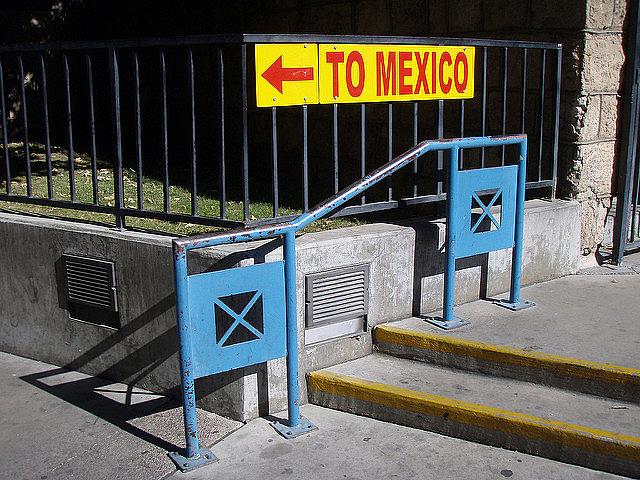When it comes to health care, what’s Mexico got that we don’t?

Palm Springs is less than three hours from the U.S.-Mexico border. The drive along Highway 111 toward Mexico takes you through some of the wealthiest and poorest parts of California, past swimming pools, dusty mobile home parks, green golf courses and fields worked by immigrants. The population is diverse, yet many residents, both rich and poor, see a need to travel to Mexico for their health care.
In the Coachella Valley, which includes Palm Springs, eight other cities and rural unincorporated areas, roughly 10 percent of adults traveled to Mexico for health care or prescription drugs during the previous year, according to one 2013 survey. The practice exists along all segments of the population in terms of race, gender, income and education level. It was more common among less educated, poorer and Latino adults. However, roughly 6 percent of white and wealthy adults also reported heading to Mexico for health reasons.
The numbers verified what I was hearing anecdotally while talking to people in all parts of the valley. In the wealthier west valley, older people saw they could save thousands of dollars by going to Mexico for dental work and prescription drugs. In the poorer, more Spanish-speaking east valley, immigrants feel more comfortable seeing doctors in Mexico. This is especially true for people in the country illegally.
But the issue goes beyond money, cultural familiarity or a language barrier. There are also deficiencies in the valley’s health care system prompting people to look to Mexico. The most obvious are a lack of primary care doctors and dentists in the east valley.
My project will give readers a first-hand account of Coachella Valley residents traveling to Mexico for their health care. By following along as patients make the journey, I’ll explain why Mexico is seen as a better option than getting care closer to home and investigate the quality of care received across the border. I will explain how different parts of the population (rich or poor, English-speaking or Spanish-speaking) see advances in Mexico. I will also look at how care received across the border compares to care available in California and what can be done to keep patients and their health-care spending closer to home.
Finally, I will look into how the Affordable Care Act has changed the number of Californians seeking care in Mexico and talk to Coachella Valley residents who gained coverage about how it did or didn’t change where they get their care.
[Photo by Daniel Lobo via Flickr.]

